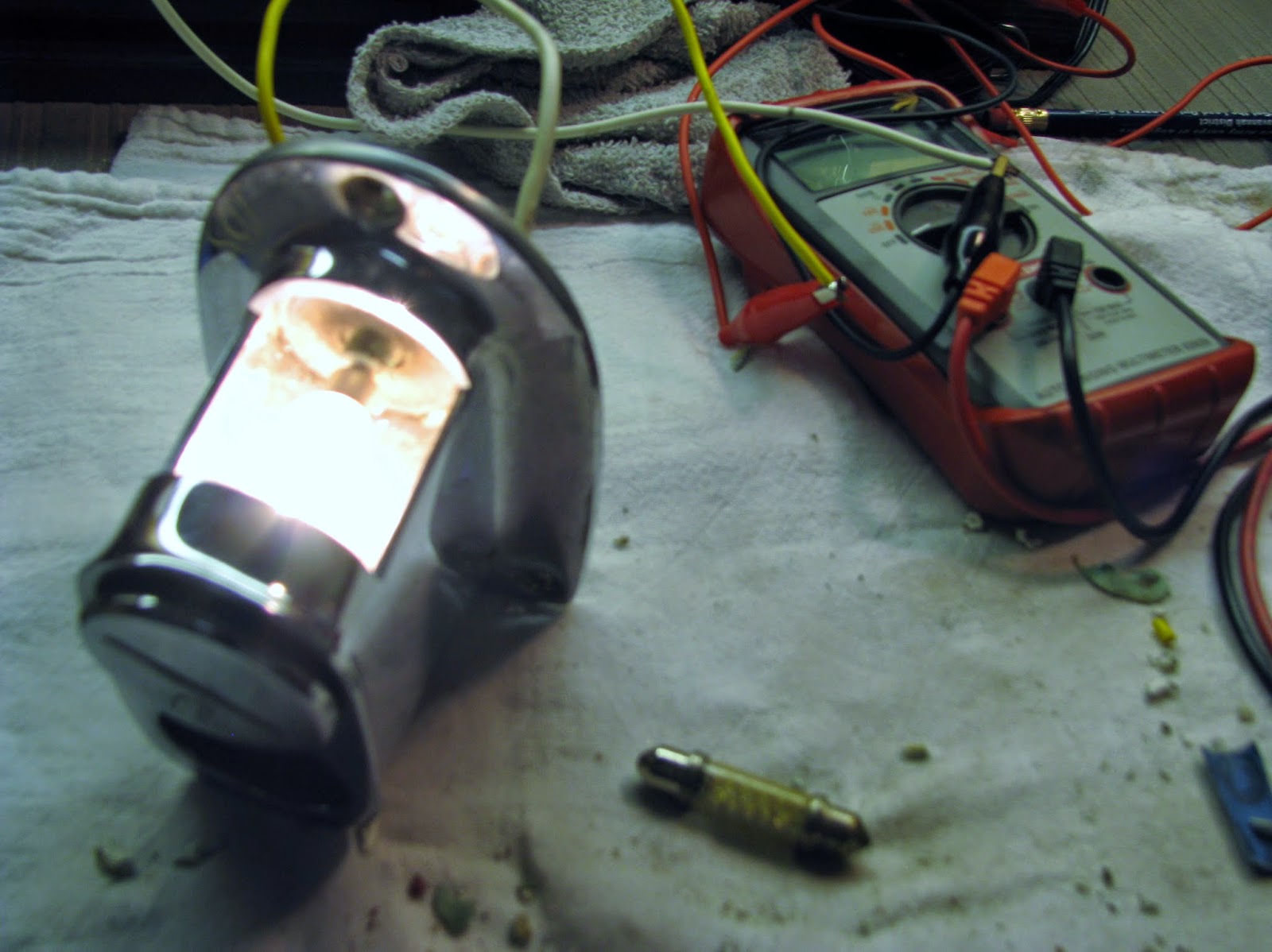Here’s an epochal development in the history of Augusta that
seems to have completely escaped the attention of our political leaders and
local media:
For the first time since the capture of Savannah by Union
forces in 1864, Augusta’s river access to the sea is to be cut off. And this time, it sounds like it will be permanent.
“The U.S. Army Corps of Engineers
Savannah District and the City of Augusta, Georgia, will close all access to a
portion of the New Savannah Bluff Lock and Dam on May 15 due to safety concerns
with the aging structure. Operation of the lock will also end May 15.”
The Corps of Engineers drawing at right details problems with the downstream end of the lock wall. You might want to click this image to enlarge it.
In addition to closing water access to the Port of Savannah,
this act turns Augusta’s part of the Savannah River into a skinny 13-mile-long
lake. This lake is impounded only by the
aging, and now officially unsafe, dam that no one seems to have any plans to
repair.
Three major consequences come immediately to mind:
- Water supplies for the cities of Augusta and
North Augusta, plus all the industries along the reach from Augusta to the dam
are threatened by unabated deterioration of the dam.
- Prospects for a revival of river commerce to and
from Savannah’s growing port are extinguished.
- River tourism, including development of Augusta
as a large pleasure boat destination for vessels using the River between
Augusta and the Atlantic Intracoastal Waterway at Savannah is no longer
feasible.
Then there’s the matter of all the large boats moored
between the dam and the end of upstream navigable waters.
By my count there are more than 50 such vessels with lengths
between 34 and 60 feet parked along the river between Gum Swamp, SC, and the
Augusta Marina. These boats live in the water. They are too big to trailer.
In the past, many have gone to marine facilities in Savannah
for major out of the water repairs and maintenance. In the future, out of water maintenance and
trips to the coast will have to begin with expensive boat moving contractors
using cranes and other specialized equipment.
These vessels are effectively marooned.
All of these developments should not come as a surprise to
our political leaders. The U.S. Congress, in the Water Resources Development Act
of 2000, authorized the Corps of Engineers to rehabilitate the lock and dam and
turn it over to local governments for operation. At that time the cost was
estimated to be about $24 million. The money was never appropriated.
Since then, it seems to me, our political leaders, both
locally and in Washington, have done nothing to get the money and start the
work to fix the lock and dam. I am hopeful that this week’s lock closure will
be a wake-up call for citizens and decision-makers to get a process started to save
our access to the sea.
Yesterday, a friend who will be 98 years old next October,
told me when he was a boy, well before the lock and dam was built, it was not
uncommon to be able to walk across the Savannah River at 5th Street
during summer droughts. “It was just a trickle,” he said, “you could jump
across it.”
I have no doubt that, without some organized and passionate
intervention to repair the structure, the lock and dam will continue to
deteriorate to eventual catastrophic failure.
“Just a trickle” of Savannah River at 5th Street
could be in our future.
Ms. Bettencourt, however, is free to ride her trailer anyplace I care to pull it. However, I am saddened by the river closure and the likelihood that the trip we made from my dock to the sea last month will be the last such voyage for the old girl and for me.




